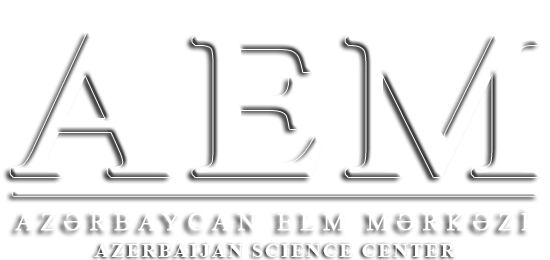DOI: 10.36719/2007-2020/04/69-73
Samirə Məmmədhəsən qızı Yaqubova
Elçin Çingiz oğlu Əkbərov
Təranə Nadir qızı Mirzəyeva
Azərbaycan Tibb Universiteti
STAFİLOKOKK İNFEKSİYASI VƏ HİPOFİZAR-ADRENAL-TİROİD SİSTEMİN
PATOMORFOLOJİ XARAKTERİSTİKASI
Xülasə
Stafilokokk infeksiyası ilə yoluxma zamanı hipofizar-adrenal-tiroid sistemdə eksperimentin ilk günlərindən etibarən vəzi hüceyrələrinin qarşılıqlı münasibətinin dəyişməsi, toxumalarda distrofik və dezorqanizasion patologiyalar, xüsusilə də vəzilərin stromasında nəzərəçarpacaq kəskin struktur və hemodinamik dəyişikliklər inkişaf edir. Eksperimentin sonunda eksudativ proseslərin azalması fonunda fibroplastik reaksiyalar nəzərəçarpacaq dərəcədə aktivləşir və bunun nəticəsində natamam regenerasiya əlamətləri – başlıca olaraq sklerotik proseslər və parenximanın kistoz-atrofik dəyişiklikləri müşahidə edilir.
Stafilokokk infeksiyasının erkən mərhələlərində və inkişaf dinamikasında toxumalarda baş verən struktur dəyişikliklər vəzilərin hər birində özünəməxsus əlamətlərlə xarakterizə olunur. Hipofiz böyrəküstü vəzi ilə, böyrəküstü vəzi isə qalxanabənzər vəzi ilə müqayisədə endogen və ekzogen faktorların təsirinə daha erkən və daha çox məruz qaldığı üçün, təcrübənin erkən mərhələsində hipofizdə və böyrəküstü vəzilərdə distrofik və destruktiv dəyişikliklər daha qabarıq özünü büruzə verir. Bu morfoloji dəyişikliklər orqanizmin hormonal statusunu dəyişə və bütövlükdə endokrin sistemin disfunksiyasına – vəzilərin bu və ya digər dərəcədə funksional aktivliyinin azalmasına, adenohipofiz hüceyrələrində hətta tormozlanmasına səbəb ola bilər.
Açar sözlər: stafilokokk infeksiyası, peritoniti, hipofiz, böyrəküstü və qalxanabənzər vəzilərStaphylococcal infection and pathomurfological characteristic of the
pituitary-adrenal-thyroid system
Summary
During the staphylococcal infection, changes in the interaction of glandular cells, dystrophic and disorganizing pathologies in tissues, especially acute structural and hemodynamic changes in the stroma of the glands in the pituitary-adrenal-thyroid system, develop from the first day of the experiment. At the end of the experiment, on the background of a decrease in exudative processes, fibroplastic reactions are significantly activated, resulting in signs of incomplete regeneration – mainly sclerotic processes and cystic-atrophic changes in the parenchyma.
Structural changes in tissues in the early stages of staphylococcal infection and the dynamics of development are characterized by specific symptoms in each of the glands. Since the pituitary gland is exposed to endogenous and exogenous factors earlier and more often than the adrenal glands, and the adrenal glands are earlier than the thyroid gland, dystrophic and destructive changes in the pituitary and adrenal glands are more pronounced at the early stage of the experiment.
These morphological changes can change the hormonal status of the body and lead to dysfunction of the endocrine system as a whole – a decrease in the functional activity of the glands to some extent, and even inhibition of adenohypophyseal cells.Key words: staphylococcal infection, peritonitis, pituitary, adrenal and thyroid glands
MƏQALƏNİ YÜKLƏ
[171,9 Kb] (yüklənib: 19)
Baxış:
371

